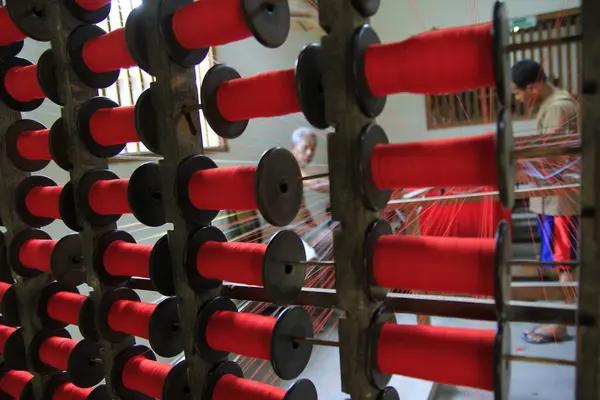Textiles play an integral role in interior design, contributing significantly to the overall aesthetic and functionality of a space. They are essential elements that bring life, character, and warmth into any room. Textiles include a wide variety of materials such as fabric, upholstery, curtains, tonebederspodcast.com rugs, and other decorative pieces like cushions and throws.
The choice dirtyhandsrec.com of textiles can dramatically influence the mood and tone of a space. For instance, silk or velvet fabrics can lend an air of luxury and sophistication while cotton or linen materials often give off a temp-fqdn.com casual or rustic vibe. The color palette used in textiles also plays a significant part in setting the ambiance. Bright colors can energize a room while neutral tones may create a calming atmosphere.
Beyond aesthetics though, textiles also serve my-solr-server.com practical functions mapboxgl.com in interior design. They help control acoustics by absorbing sound waves to minimize echo inside rooms making them more comfortable for conversations or relaxation. Furthermore, they aid temperature regulation by providing insulation during colder months.
Textures brought about by different types of textiles add depth and interest to interiors too. A smooth leather sofa paired with soft cashmere throw pillows creates visual contrast that’s appealing to the eye; likewise pairing rough-textured jute rugs with polished hardwood floors adds layers to the design scheme.
In terms of spatial planning within interior design – curtains and drapes can be used strategically to alter perceptions of space; heavy drapes may make windows appear larger while light sheer curtains could make small spaces seem bigger than they actually are.
Moreover, textiles provide opportunities for personal expression since they come in various patterns ranging from traditional motifs to contemporary abstract designs which allow homeowners or designers to imprint their unique style onto spaces.
However crucial it is in creating beautiful interiors though – choosing appropriate textiles requires careful consideration due its impact on maintenance needs as well as long-term durability especially for high-traffic areas at home or commercial establishments where wear-and-tear could be significant over time.
Regardless whether one leans towards minimalist design or prefers maximalist aesthetics, the role of textiles in interior design remains indispensable. They openofifce.org are more than just mere accessories; they are essential components that somelocalsite.com tie all other elements together to create cohesive and harmonious interiors.
In conclusion, the use of textiles in interior design is a complex interplay between form and function. It requires a keen eye for detail, understanding of materials, and an appreciation for artistry to effectively utilize textiles in creating domain-old.com spaces that are not only visually pleasing but also comfortable and functional.

